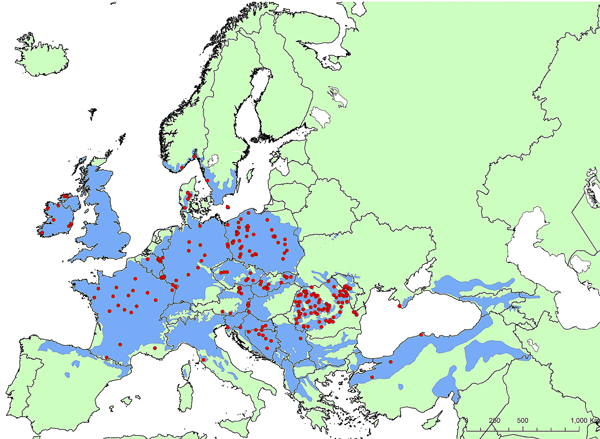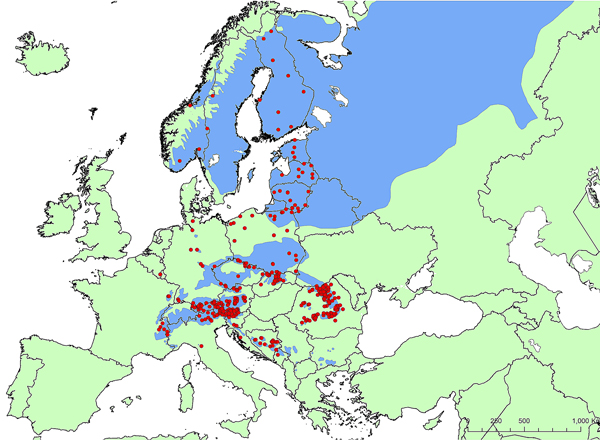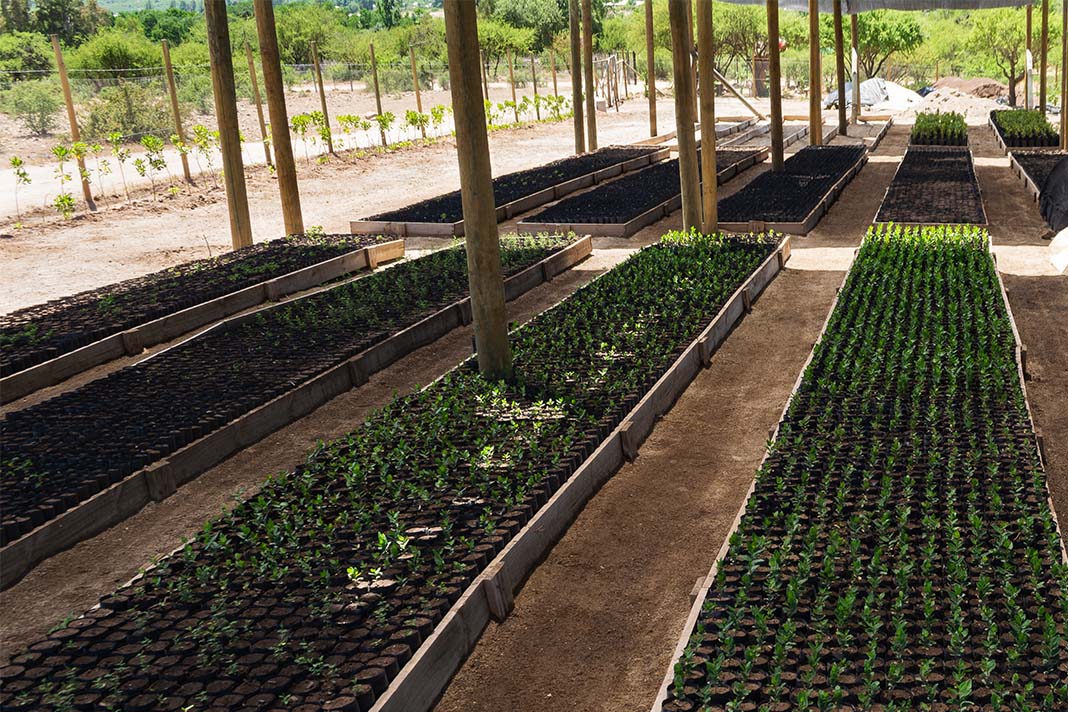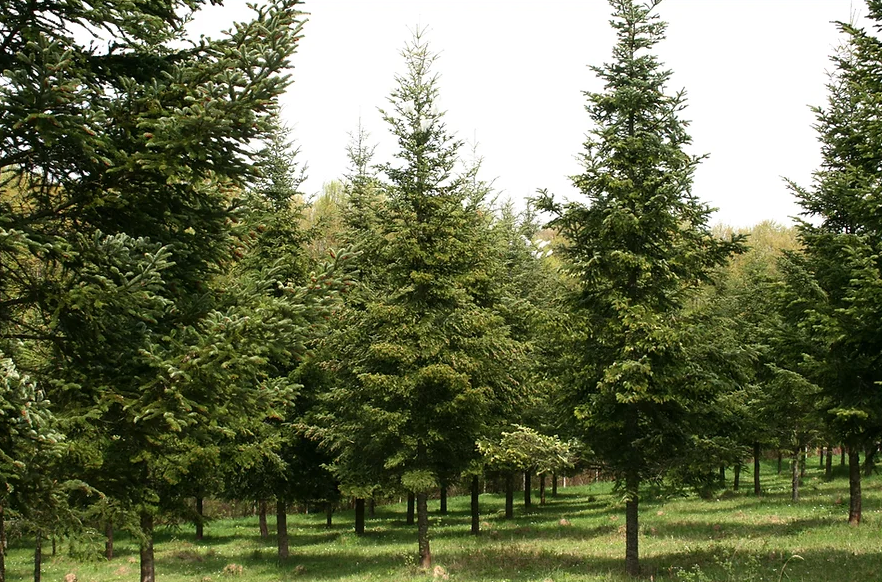International Day of Forests: status of genetic conservation of forest trees in Europe
The celebration of the International Day of Forests is a good occasion to also celebrate recent achievements in conserving forest genetic resources in Europe. These achievements are results of the efforts made by European countries during the past 20 years. Following the first Ministerial Conference on the Protection of Forests in Europe (now called FOREST EUROPE) in 1990 and the adoption of the Convention on Biological Diversity in 1992, many European countries developed or strengthened their national programmes or strategies on forest genetic resources. The countries also established the European Forest Genetic Resources Programme (EUFORGEN) in 1994 to facilitate and coordinate international collaboration in this area.
Between 2007 and 2011, European countries carried out a concerted action, with co-funding from the European Commission, to collect geo-referenced and harmonized data on genetic conservation units of forest trees to better assess the conservation status of forest genetic resources at the continental scale. The EUFGIS Portal was launched in 2010 and it currently contains information on 3210 units and 97 tree species in 32 countries. These units harbour natural or man-made tree populations that are typically located in forests managed for multiple uses, protected areas, and seed stands. The management of these units is based on a dynamic conservation approach that aims at maintaining evolutionary processes and adaptive potential across generations instead of preserving a static sample of genetic diversity.
In 2012, a comprehensive assessment of the genetic conservation of forest trees was carried out using the EUFGIS data. This study* showed that the pan-European network of the genetic conservation units covers all environmental zones. However, it also showed that the genetic conservation efforts are highly variable among tree species. Furthermore, gap analyses with 11 tree species revealed that there are still significant gaps in the genetic conservation efforts within the species’ distribution ranges (see the maps below as examples).
As a follow-up, a <link _blank internal-link internal link in current>EUFORGEN working group prepared in 2012-2013 a pan-European genetic conservation strategy to help the countries in implementing their genetic conservation efforts so that these gaps can be filled. This conservation strategy can be applied to any tree species and it also provides conservation targets for different species at the pan-European level. It is expected that the implementation of this strategy by the countries will considerably improve the genetic conservation status of European forest trees in the near future. The strategy document is now being finalized and it will be published in mid-2014.
The EUFGIS Portal is a useful tool to monitor the implementation of the pan-European conservation strategy. The portal is maintained by EUFORGEN and it has been further developed as part of the FORGER project (Towards the Sustainable Management of Forest Genetic Resources in Europe) by linking it with the Geo-referenced Database on Genetic Diversity (GD2) which provides genetic data on tree populations that have been sampled by earlier European research projects. On 25-27 March 2014, EUFORGEN and the FORGER project will organize a workshop in Zagreb, Croatia for the EUFGIS national focal points to discuss how inventories of forest genetic resources could be further improved in Europe. The national focal points are continuously managing and updating the datasets on the conservation units and this work is crucial for monitoring the implementation of the pan-European conservation strategy as well as for future assessment and reporting efforts.
* Lefèvre, F. et al. 2013. <link http: www.ncbi.nlm.nih.gov pubmed _blank external-link-new-window external link in new>Dynamic conservation of forest genetic resources in 33 European countries. Conservation Biology 27(2): 373–384.
Related Links
- Dynamic Conservation of Forest Genetic Resources in 33 European Countries









